Hey! Lets Talk about your project
We’ll contact you within a couple of hours to schedule a meeting to discuss your goals.
How to Create a Training Academy for Your Brand Using an LMS
Posted on : 26 August, 2025
The way people learn and develop skills has changed dramatically in recent years. Traditional classroom training is no longer the only option today, businesses, schools and even individual brands are turning to digital platforms to deliver structured learning. At the heart of this shift lies the Learning Management System (LMS), a powerful tool that enables organizations to create, deliver, and manage training programs online.
For brands, setting up a training academy has become more than a value-add; it’s a strategic necessity. Whether you want to educate employees, train customers, or empower distributors, a well-designed academy positions your brand as an authority while fostering stronger relationships with stakeholders. The good news is that building such an academy is entirely achievable when you leverage the right LMS.
Let’s walk through the steps to create a successful training academy for your brand using an LMS.
Step 1: Define the Purpose of Your Training Academy
Before diving into software selection or content creation, you must start with purpose. Ask yourself: Why are we creating this academy?
Common goals include:
- Upskilling employees for better performance.
- Educating customers about product features and usage.
- Training distributors or partners to ensure brand consistency.
- Offering educational content as part of thought leadership initiatives.
When you have clarity on purpose, it becomes easier to design a system that delivers measurable impact. For instance, if your goal is customer training, you might focus on tutorials and certification programs. For internal employee training, compliance modules and skill assessments may be more relevant. Aligning the training academy with broader business objectives ensures it adds tangible value.
Step 2: Identify Your Target Audience

Your academy should not be one-size-fits-all. Clearly define who the learners are and tailor your approach to their needs.
- Employees: Focus on onboarding, compliance, and skill development.
- Customers: Offer product tutorials, troubleshooting guides, and FAQs.
- Distributors/Partners: Provide sales enablement tools, brand guidelines, and certification programs.
- External Learners: Share industry-specific insights, best practices, and thought leadership content.
By mapping out your target audience, you can design content and experiences that resonate with them. A good Learning Management System allows you to segment learners and create personalized learning paths for different groups.
Step 3: Choose the Right Learning Management System
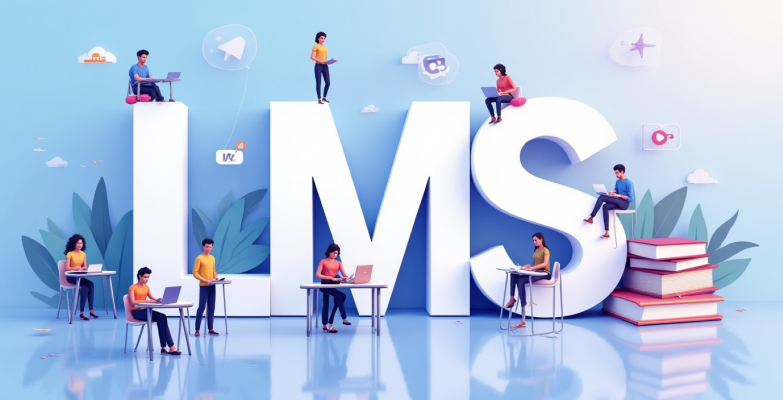
The LMS you select will serve as the backbone of your training academy. With so many options available, it’s important to focus on features that truly matter.
Key considerations include:
- Scalability: Can the LMS grow as your academy expands?
- Content Support: Does it allow for videos, quizzes, gamification, and live classes?
- Analytics: Can you track learner progress and engagement effectively?
- Integrations: Will it work seamlessly with tools like CRM, HR software, or payment gateways?
- Support: Is there reliable customer support available?
If you are exploring local solutions, the Best LMS Software in India offers cost-effective, scalable options that are tailored for businesses and educational institutions in the region.
Remember, the “best” LMS is not necessarily the one with the most features; it’s the one that aligns with your unique brand goals and learning needs.
Step 4: Build Engaging and Structured Content
A training academy is only as strong as the content it delivers. Poorly designed material can quickly disengage learners, no matter how advanced the LMS is.
To keep learners motivated:
- Use short, engaging videos for concepts.
- Add quizzes and interactive activities to reinforce learning.
- Provide downloadable guides or infographics for quick reference.
- Incorporate real-life case studies to make content relatable.
Microlearning, which involves breaking content into bite-sized modules, is especially effective. Learners prefer completing smaller lessons that can be accessed anytime rather than sitting through long, monotonous sessions.
An LMS in education may focus more on curriculum-based content, while business-focused academies often use simulations, role-play, or scenario-based training. Whatever your approach, remember that content should be structured, engaging, and aligned with the learner’s goals.
Step 5: Create a Branded Learning Experience
Your academy is an extension of your brand. It should look and feel like part of your ecosystem.
A white-label Learning Management System lets you:
- Add your logo and brand colors.
- Customize the interface to reflect your brand identity.
- Use personalized certificates that showcase your branding.
Consistency builds trust. Learners should feel that they are engaging with your brand, not just a third-party platform. This subtle branding ensures that every interaction reinforces your brand authority and credibility.
Step 6: Set Up User Roles and Learning Paths
An LMS makes it possible to assign different roles and responsibilities. Typically, you’ll have:
- Admins: Oversee platform operations.
- Instructors: Upload and manage course content.
- Learners: Consume training material.
- Managers: Track performance of their teams.
In addition to roles, create learning paths that align with the learner’s journey. For example, a new employee might follow an onboarding path, while a senior manager might follow a leadership development path.
These learning paths not only guide learners but also simplify progress tracking for managers and administrators.
Step 7: Integrate with Existing Tools and Systems
Your training academy should not function in isolation. A well-chosen LMS integrates seamlessly with your existing digital tools.
Integrations can include:
- HR Systems: Sync employee data for internal training.
- CRM Platforms: Manage customer education and support.
- E-commerce Tools: Sell paid courses or certifications.
- Collaboration Tools: Connect with platforms like Zoom, Teams, or Google Workspace.
When your academy is connected to the wider ecosystem, it eliminates duplication, improves efficiency, and provides a more holistic view of learning outcomes.
Step 8: Launch Your Training Academy
Launching is more than just pressing the “go live” button. Successful academies often start with a pilot program.
- Select a small group of learners to test the platform.
- Gather their feedback on usability, content, and overall experience.
- Make necessary adjustments before full rollout.
Once the academy is refined, promote it through email campaigns, social media, and internal communications. Position it as a valuable resource, not just another corporate tool.
Step 9: Encourage Engagement and Community
Even the best LMS can feel isolating if learners engage with it in a purely transactional way. Building a sense of community is key.
Ways to foster engagement:
- Gamification: Add points, badges, and leaderboards.
- Discussion Boards: Encourage peer-to-peer learning.
- Live Webinars: Allow real-time interaction with experts.
- Certifications: Recognize learner achievements.
By turning the academy into an interactive community rather than a static repository of content, you significantly boost learner motivation and retention.
Step 10: Measure Success and Continuously Improve
Launching the academy is only the beginning. To ensure it continues to deliver value, track and analyze key metrics.
Important KPIs include:
- Completion rates for courses.
- Time spent on modules.
- Assessment scores.
- Learner satisfaction through surveys.
An LMS allows you to generate detailed reports that highlight what’s working and where improvements are needed. Use this data to refresh outdated content, enhance user experience, and refine learning paths. Continuous improvement ensures your academy remains relevant and impactful.
Conclusion
Creating a training academy for your brand using a Learning Management System is no longer an option, it's a necessity in today’s competitive landscape. From defining clear objectives and selecting the Best LMS Software in India to building engaging content and fostering a strong community, every step contributes to a more effective learning experience.
The advantages are clear: improved employee performance, better-informed customers, empowered partners, and enhanced brand authority. Most importantly an LMS in education and business ensures scalability, consistency and long-term success.
If you’re ready to transform your brand’s learning journey, investing in a tailored training academy is the way forward.
Looking for expert support? At IPIX Technologies, we specialize in building customized LMS solutions that align with your brand goals. From strategy to implementation, we help you create an academy that not only educates but also strengthens your brand identity. Explore our LMS solutions and take the first step toward a smarter learning future.




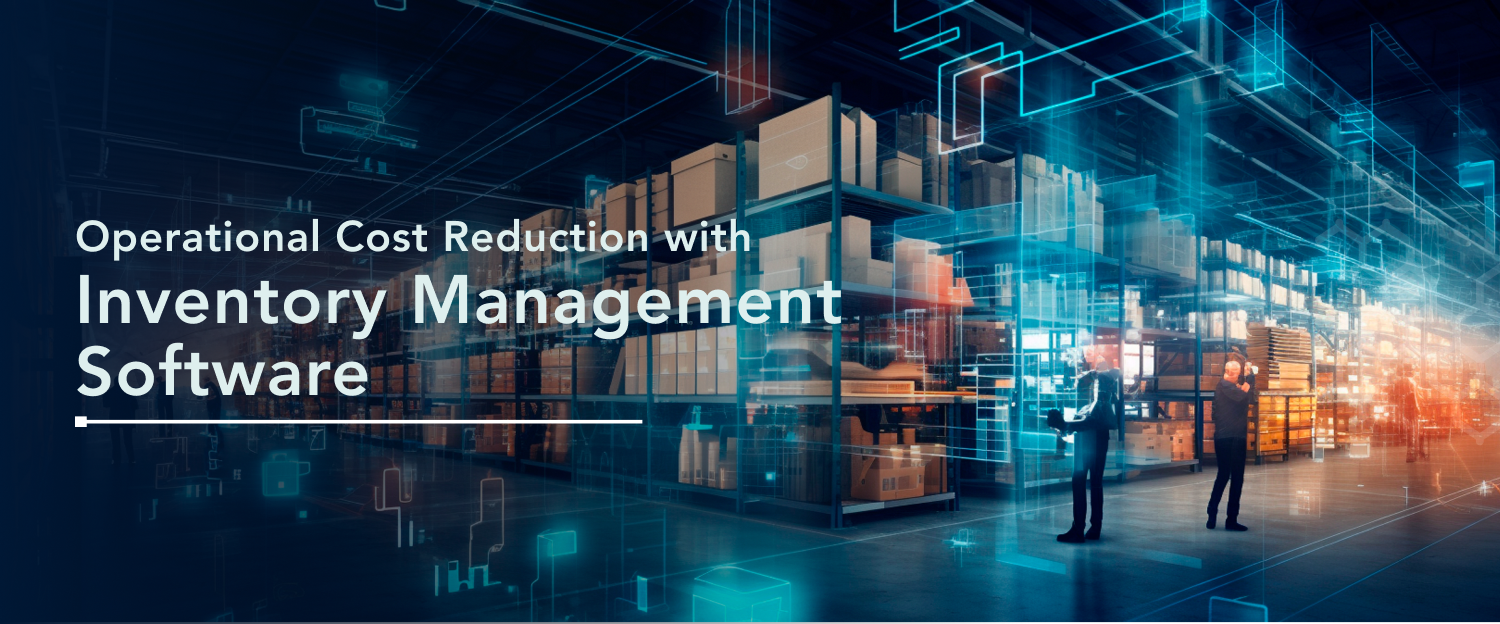


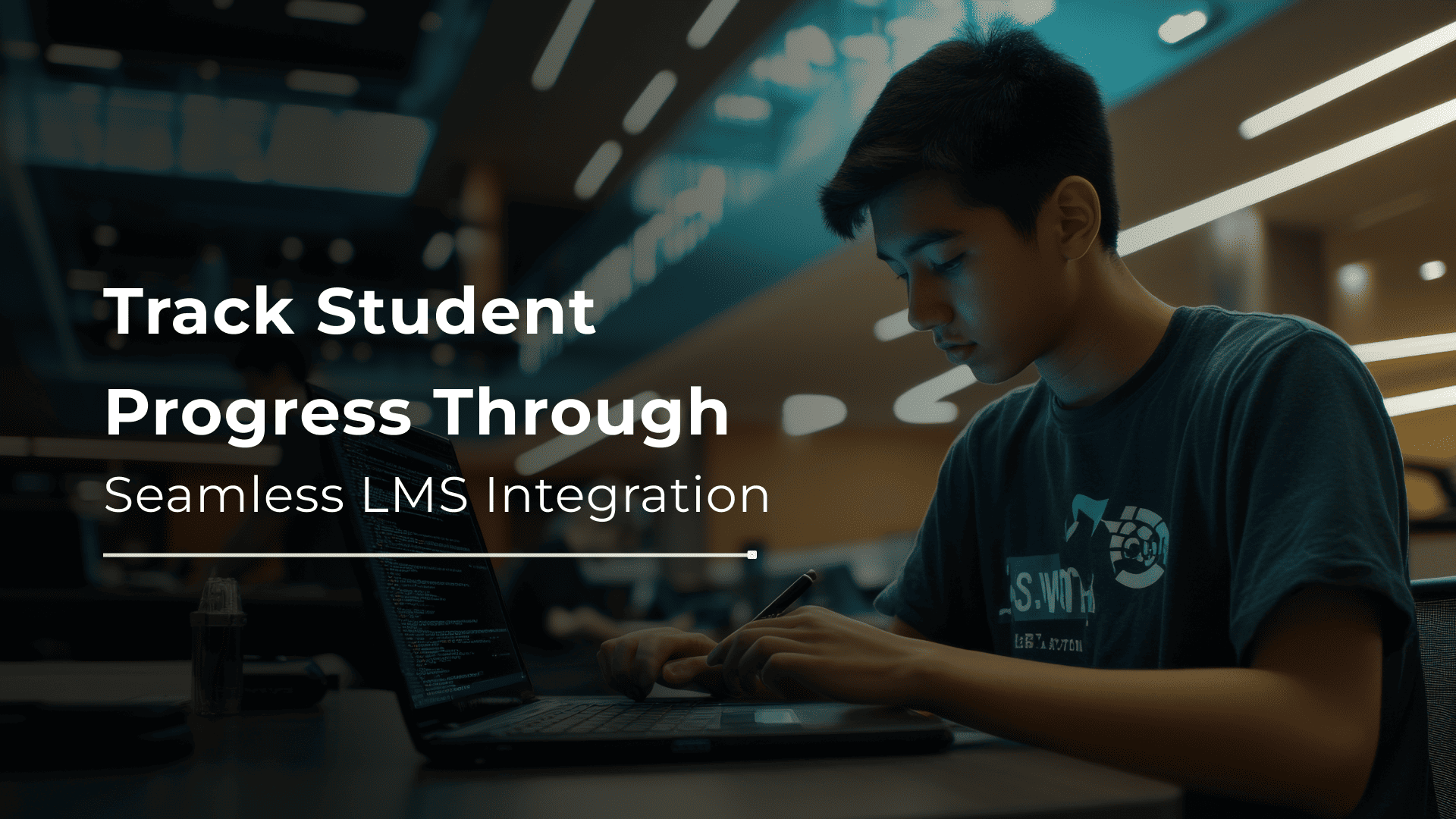




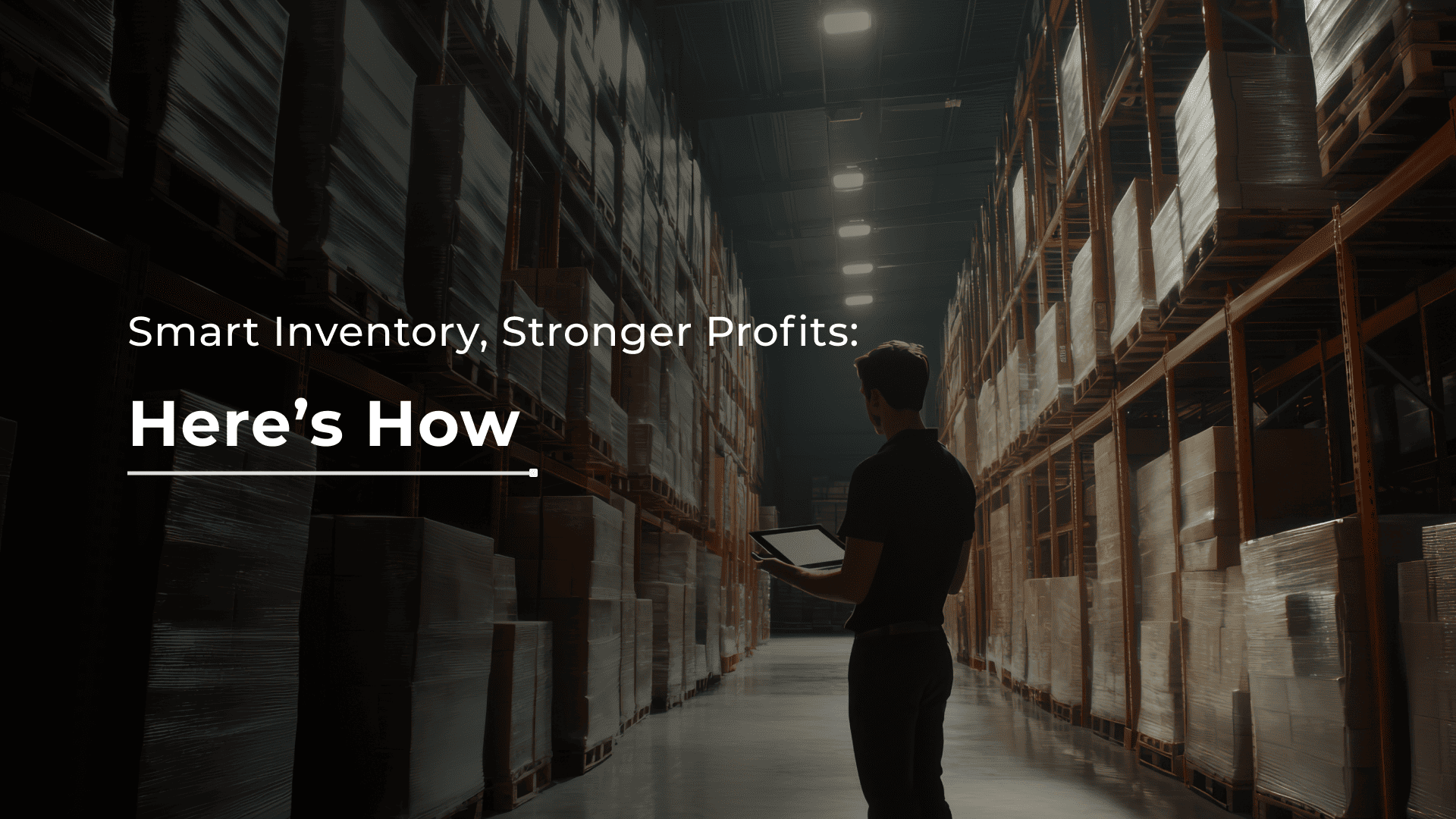
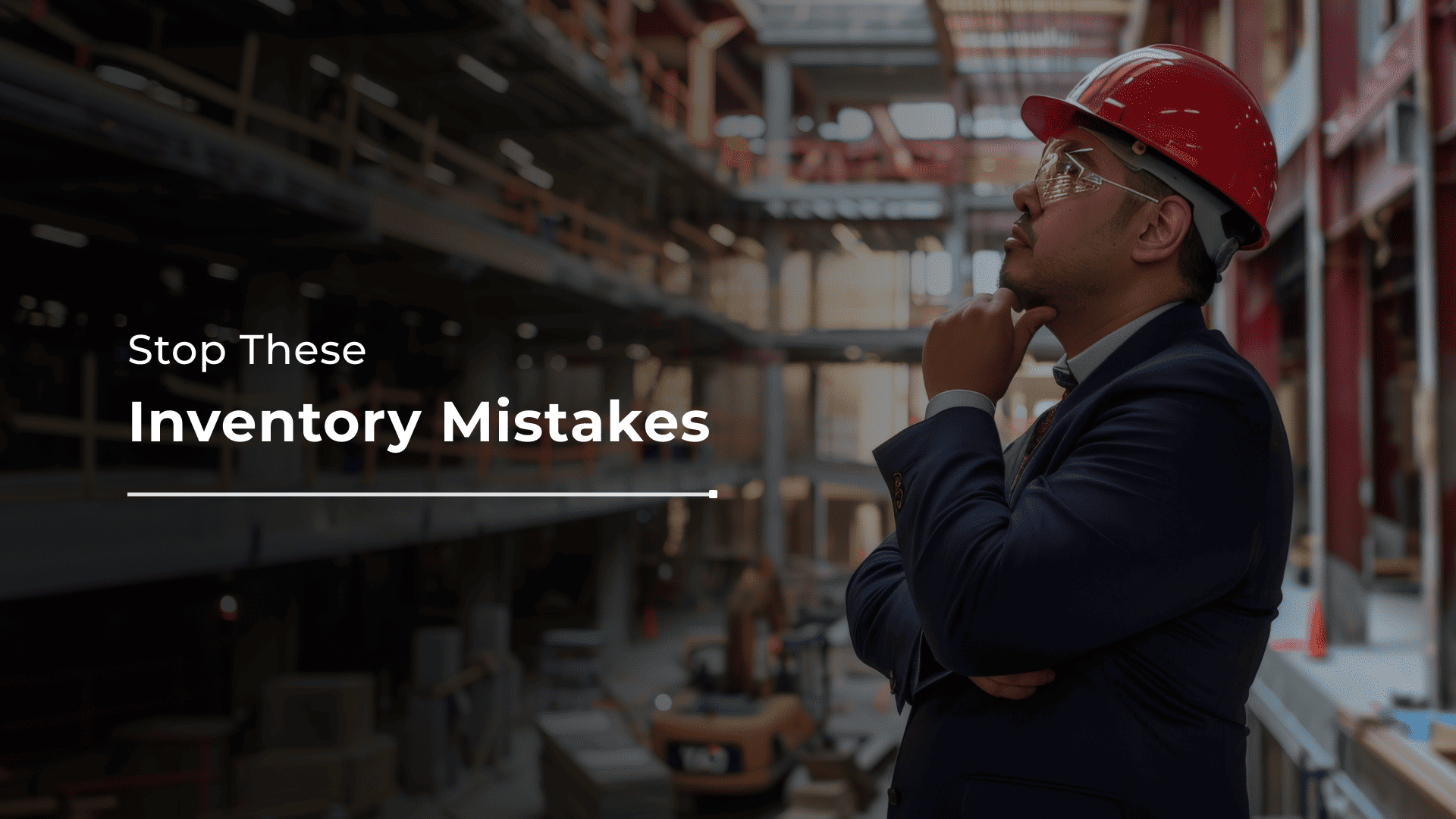
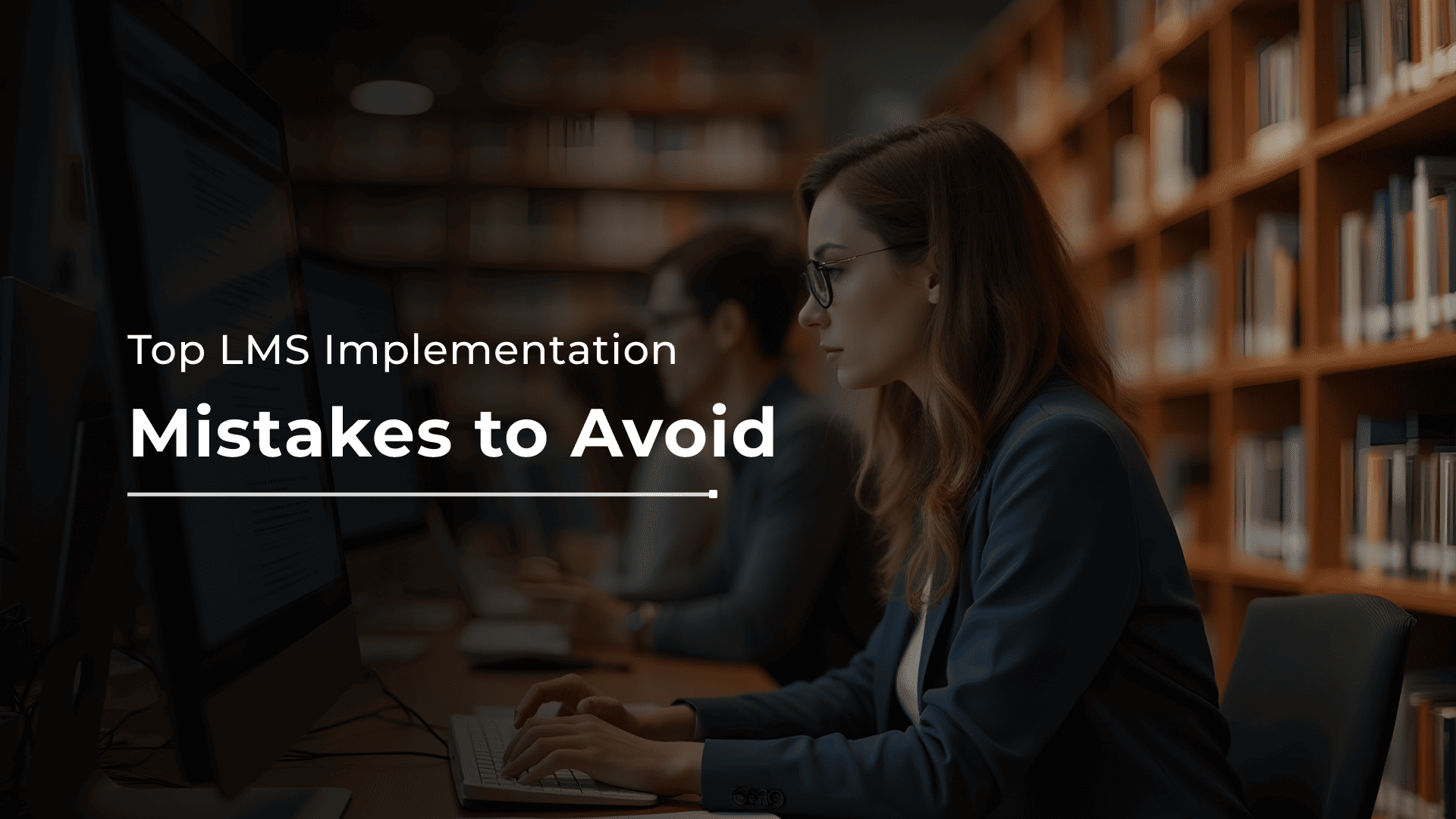


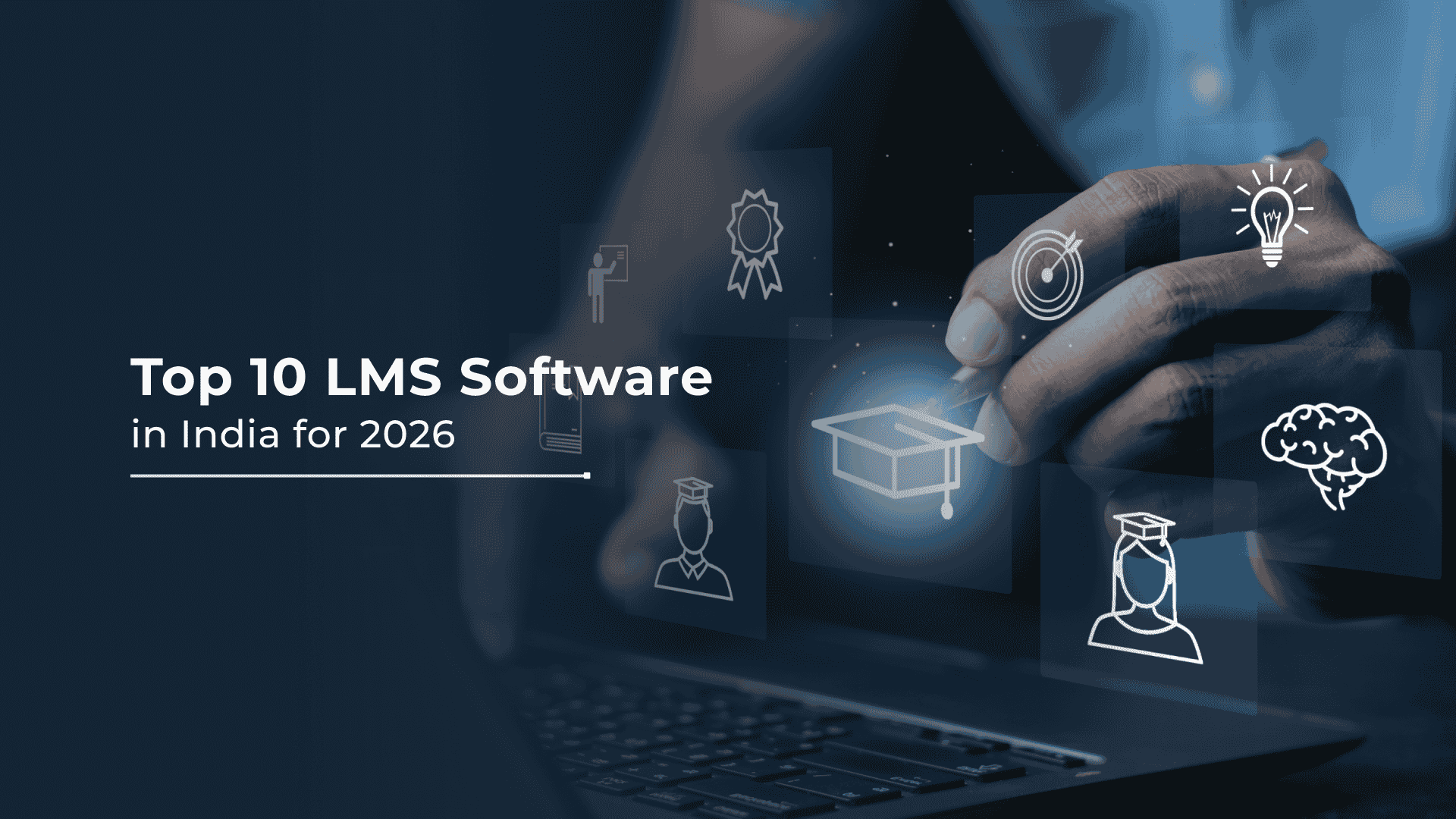
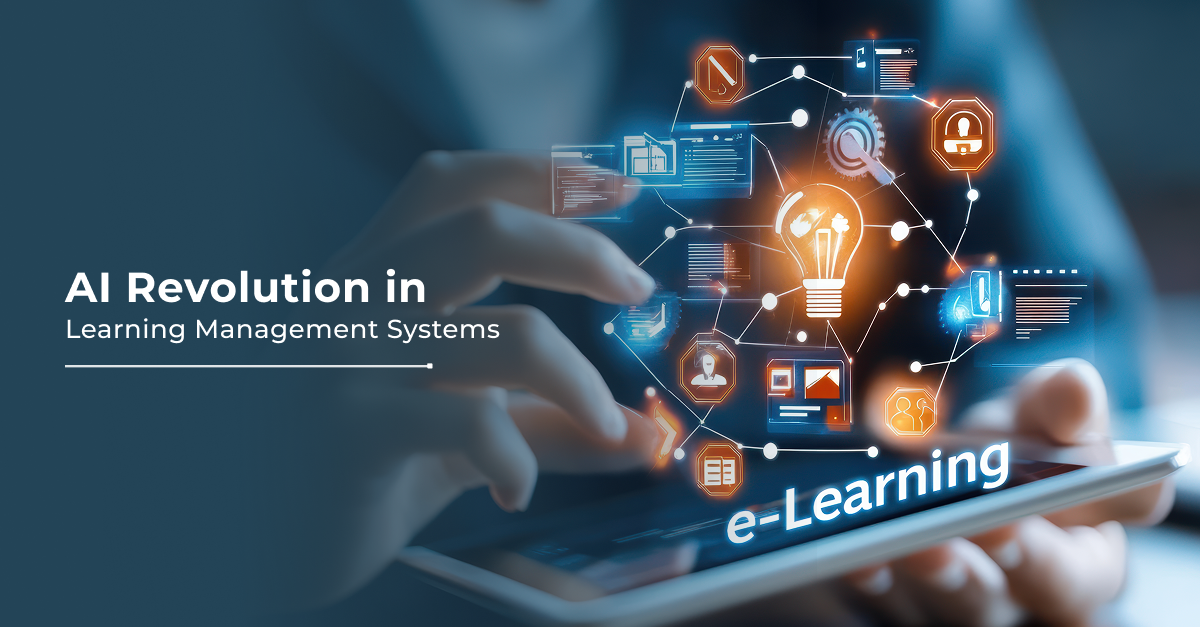










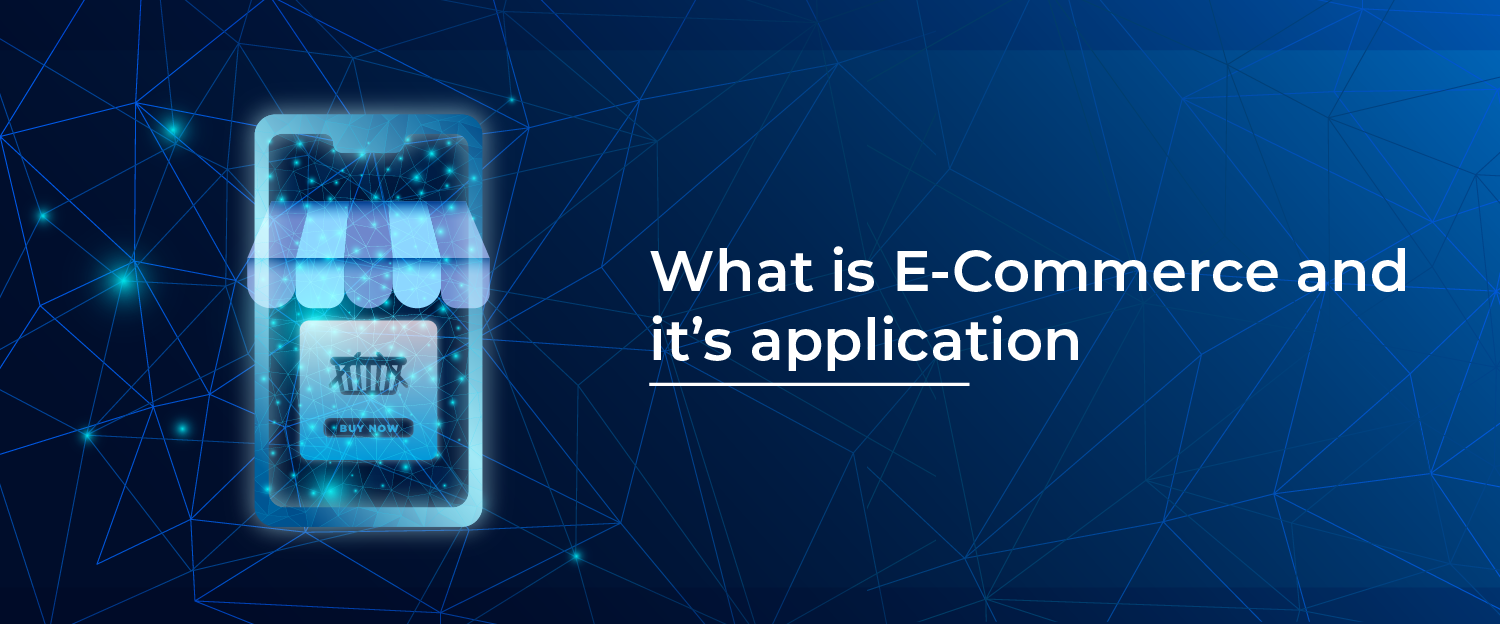




 Talk to our Expert
Talk to our Expert
